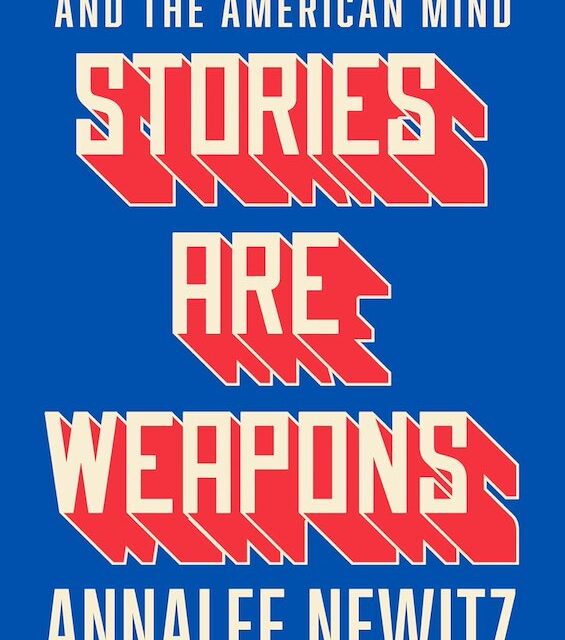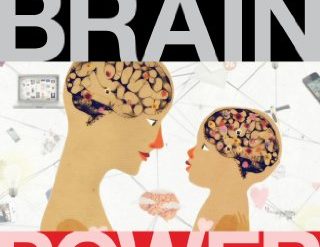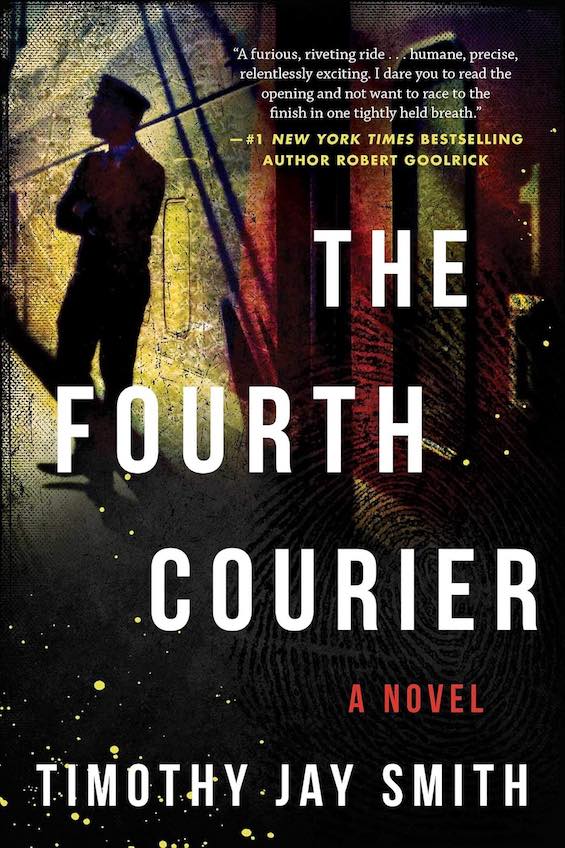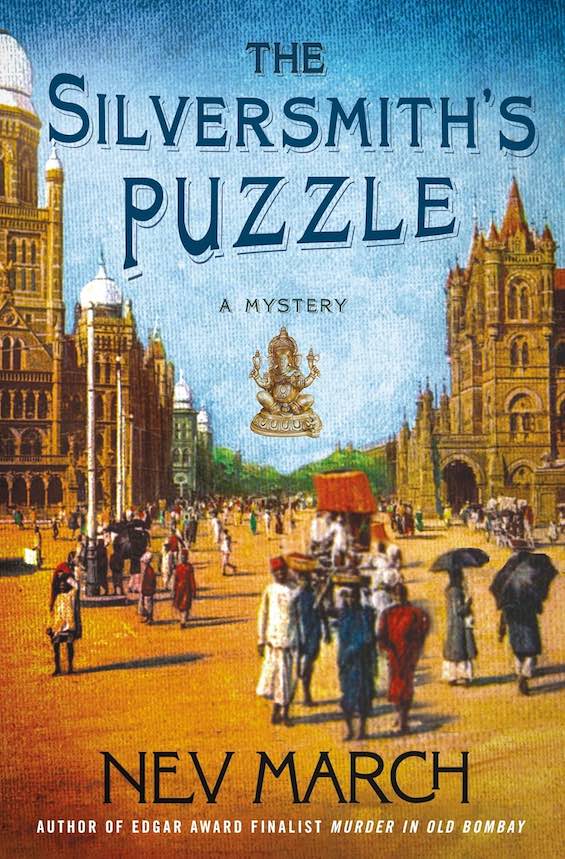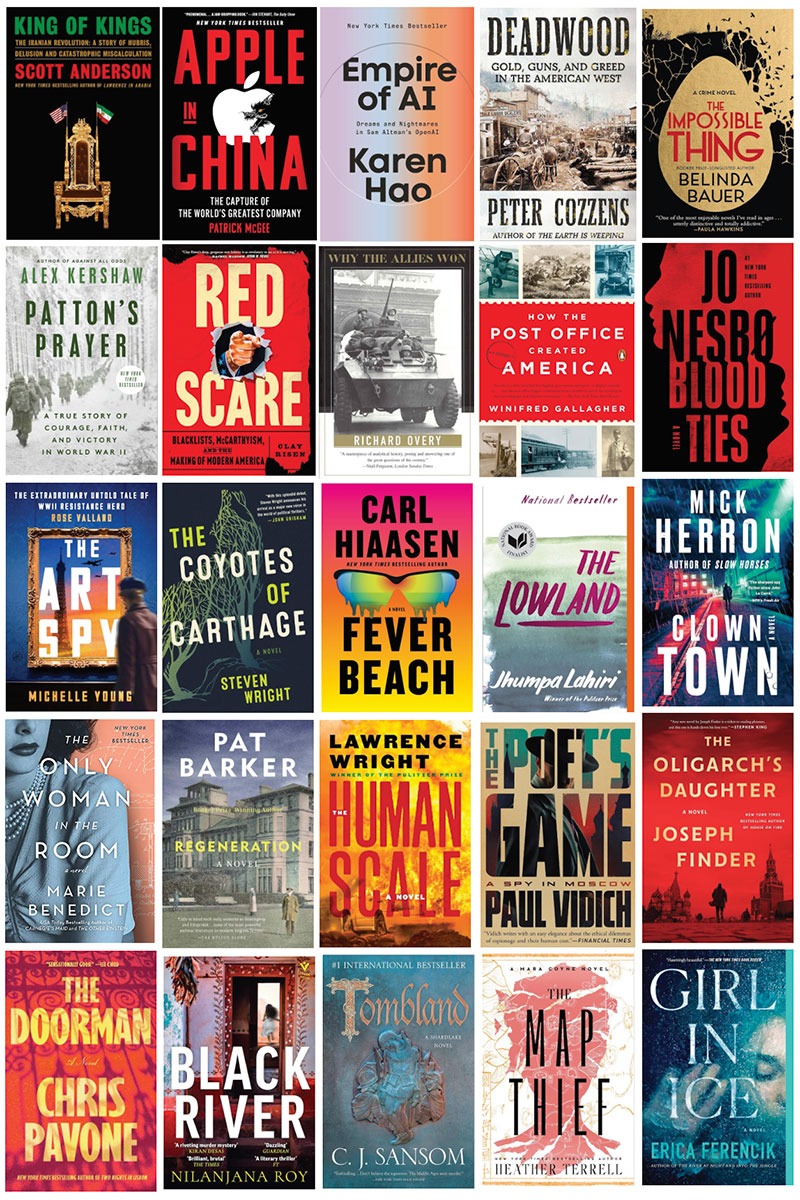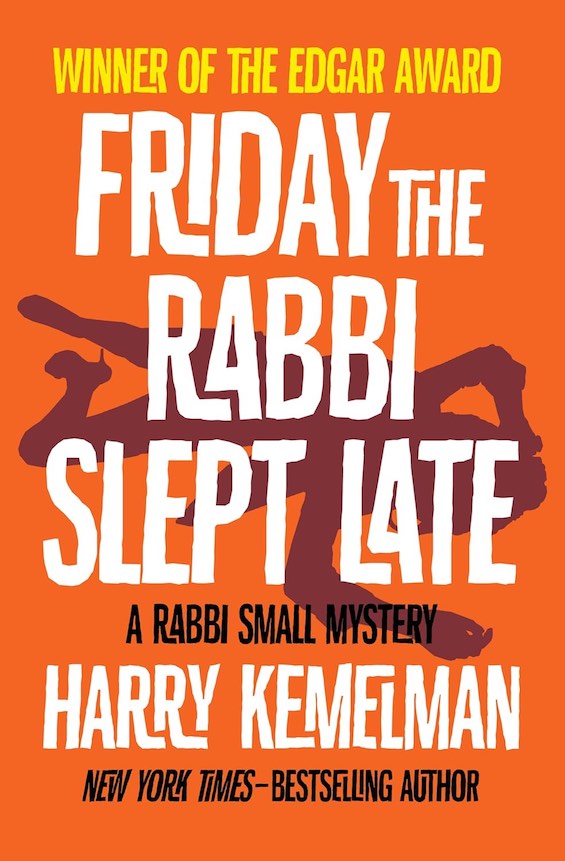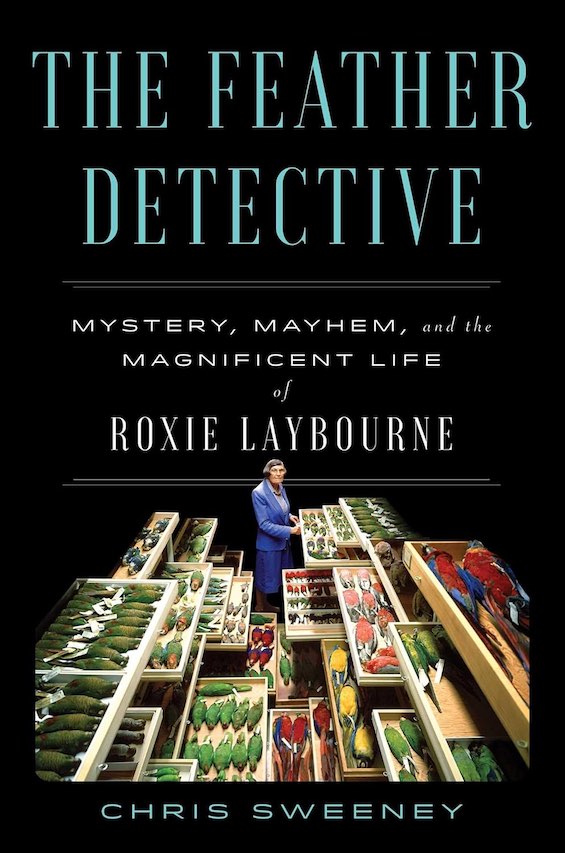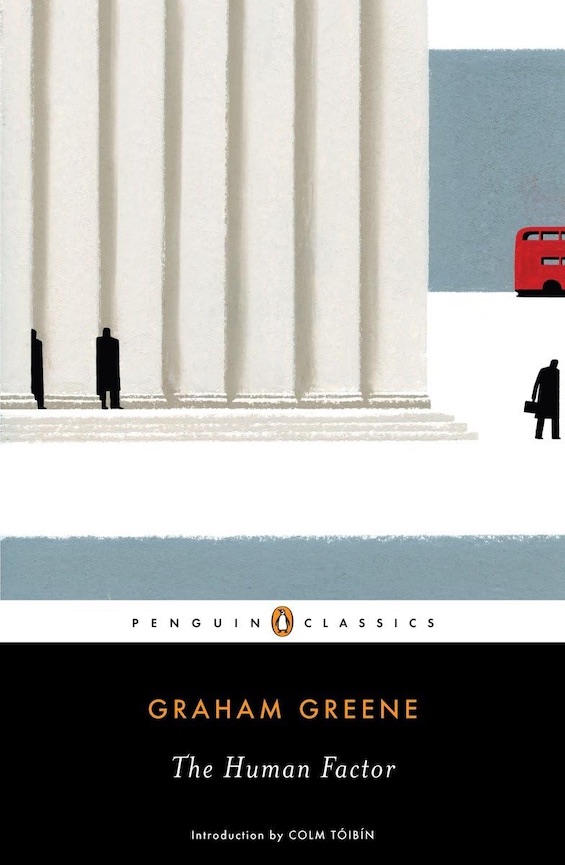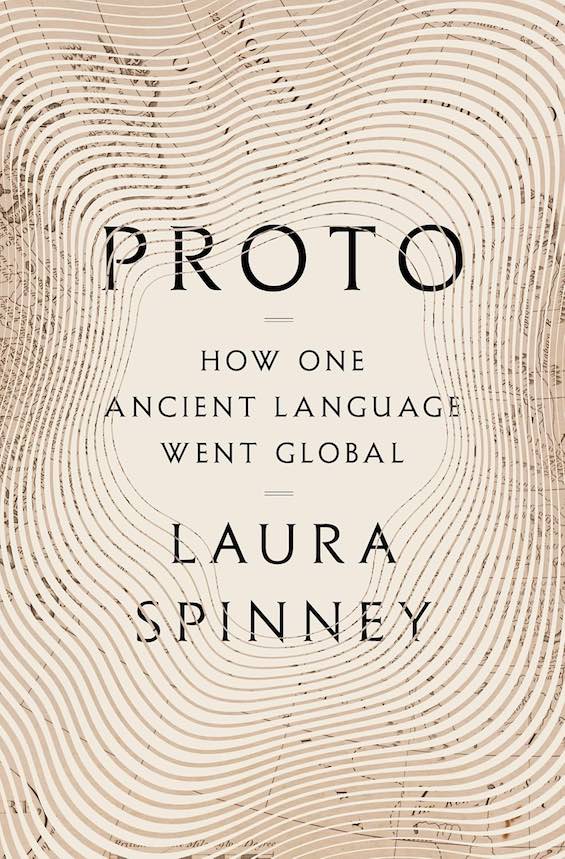This book is a story about how one nation, the United States, turned people’s minds into blood-soaked battlegrounds—and how we, the people, can put down our weapons and build something better.” So writes Annalee Newitz in the preface to Stories Are Weapons: Psychological Warfare and the American Mind. In the following pages, they—Newitz uses singular “they” pronouns—trace the use by government and private citizens alike of psyops throughout US history. They appear to conflate psychological warfare, propaganda, advertising, and conspiracy theories—anything and everything deliberately crafted to confuse, mislead, anger, or otherwise cause us to believe things that are untrue. That seems a stretch. But the book, construed more narrowly, does deliver an eye-opening history of American psychological warfare in wars both hot and cold.
The “myth of the vanishing Indian”
Though the term psychological warfare, or psyops, wasn’t used until World War I, its antecedents lie as far back as Sun Tzu and, more recently, in its use by Benjamin Franklin in the American Revolution. (Newitz cites a diabolically clever use of propaganda by Franklin that helped to undermine British support for their war in the colonies.) But they locate the origin of America’s widespread use of psychological warfare in what most historians have come to call the “Indian Wars” of the nineteenth century. The “myth of the vanishing Indian” and the legal fiction of the “wild frontier” empty of inhabitants helped drive the settlement of the West by migrants from the East, South, and Midwest. “Writing Indians out of existence” made it easier for the United States to wage the Indian Wars.
Stories Are Weapons: Psychological Warfare and the American Mind by Annalee Newitz (2024) 272 pages ★★★☆☆
From Benjamin Franklin to QAnon
In Newitz’s history, these are the principal signposts along the way:
- Benjamin Franklin’s fake newspaper in 1782 to undermine the British public’s faith in their government’s tactics
- The development and wide use of the myth of the vanishing Indian following the Indian Removal Act of 1830
- The Ghost Dance movement begun in 1890 by Native Americans to protest settler aggression
- Anti-German propaganda in World War I to boost support for the war effort
- Edward Bernays‘s public relations campaign in 1929 to persuade women to smoke cigarettes
- Widespread use of propaganda and psychological warfare by the US in World War II
- The “brainwashing” myth propagated during the Korean War
- Cambridge Analytica‘s use of Facebook data in the 2016 US presidential election to help Donald Trump’s campaign “target people whose minds were vulnerable to fascist propaganda”
- QAnon and other right-wing conspiracy theories circulated in recent years
The commonalities among these disparate activities are clear in context. But juggling them together seems a little strange.
Great ideas, but impractical
In closing Stories Are Weapons, Newitz delivers on their promise to tell us “how we, the people, can put down our weapons and build something better.” The final chapter is full of great ideas about how to turn down the heat in online discourse. Unfortunately, few if any of their suggestions are practical. They all depend upon action by the federal government or the social media companies themselves to change their business model. Neither has demonstrated any willingness to do so.
About the author
Annalee Newitz has carved a unique career after earning a Ph.D. in English and American Studies from UC Berkeley. They have worked for the San Francisco Bay Guardian, the Electronic Frontier Foundation, the online publications i09 and Gizmodo, and the New York Times. Newitz has also written three science fiction novels, which have won three awards, and six works of nonfiction. They were born in 1969, the child of two English teachers.
For related reading
I’ve reviewed six other books by Annalee Newitz, including both science fiction novels and nonfiction:
- Autonomous (In 2144, Arctic resorts, autonomous robots, and killer drugs)
- The Future of Another Timeline (Alternate feminist history by a gifted science fiction author)
- Automatic Noodle (Four robots wake up in a restaurant, and they’re in charge)
- Scatter, Adapt, and Remember: How Humans Will Survive a Mass Extinction (Will the human race survive climate change and a mass extinction?)
- Four Lost Cities: A Secret History of the Urban Age (Join archaeologists at work around the world)
- The Terraformers (A hopeful future in this brilliant new novel)
You’ll find books on related topics at:
- Top 20 popular books for understanding American history
- Top 10 nonfiction books about politics
- Gaining a global perspective on the world around us
Annalee Newitz’s books are also found at Good books by Berkeley authors.
And you can always find my most popular reviews, and the most recent ones, on the Home Page.

